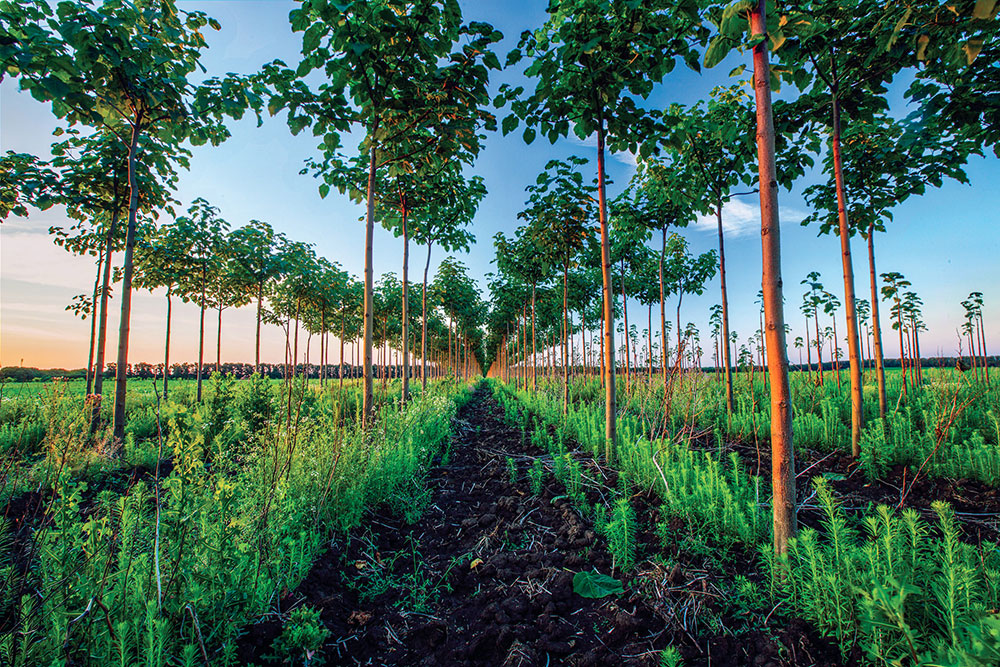The Paulownia tree.
This beautiful plant, also called the Princess Tree, has been present in Europe since the beginning of the 1800s and can be admired in many gardens and public parks.
In recent years, thanks also to genetic selections, clones have been produced (and others are currently being studied for the production improvement) with exceptional characteristics for the Italian territory, which will allow a very important development of the crop for many farms, for the supply chain of precious wood and for the reduction of CO2 with the production of large quantities of oxygen.
The plant has thousands years of history and nobility in Asian countries such as China and Japan.
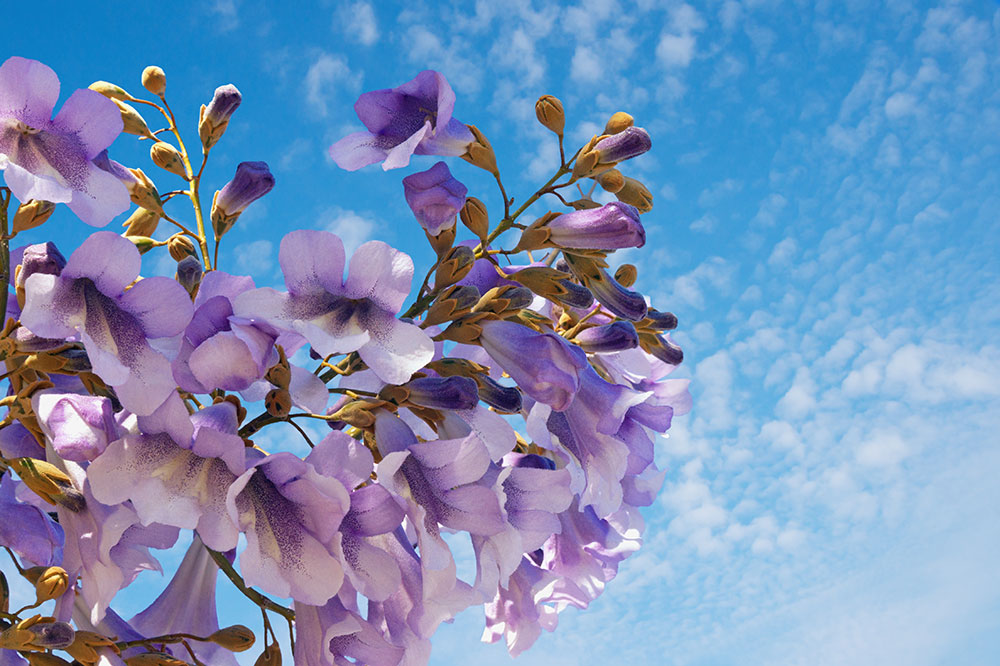
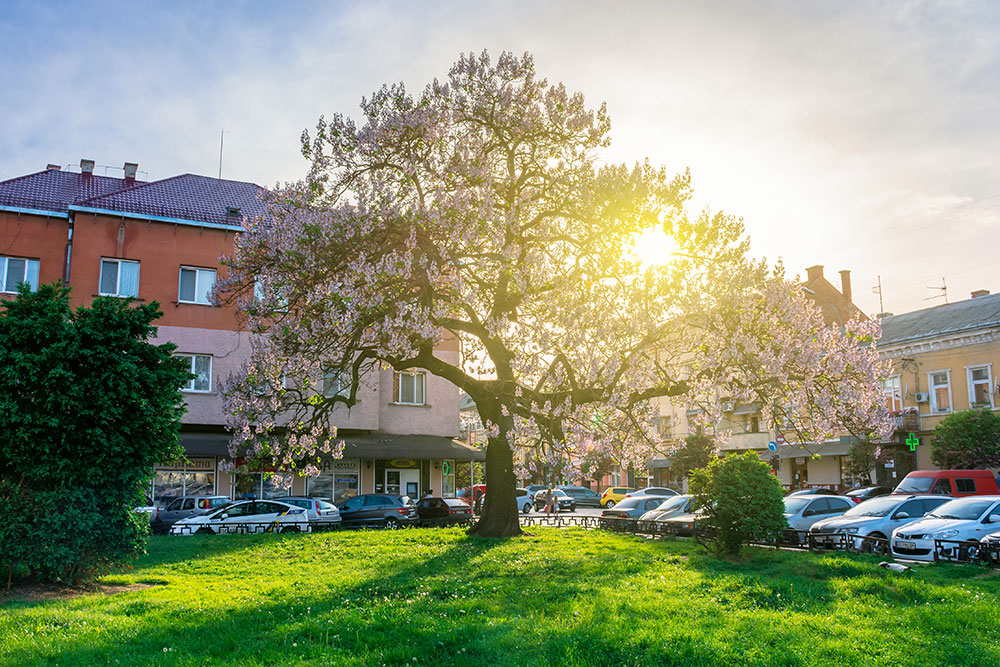
Over millennia this tree was planted at the birth of a female daughter so that at the time of her marriage, it constituted the dowry of the daughter, because the precious wood could be used to produce the precious casket to guard the kimono.
But also to build the house that with the wood of Paulownia could not catch fires.
This wood is in fact fire-retardant, waterproof, strong and lightweight (it is called the aluminum of wood).
Paulownia is also a tree with a beautiful flowering. Groves of Paulownia can become an oasis of peace, meditation, refreshment and purification within modern concrete cities.
The wood of Paulownia
The tree reaches woody maturation from the fifth year if the conditions of good management are met.
Paulownia wood is pleasant in appearance, light (at normal humidity it weighs between 300 and 400 kg/m3), stable (it has a high resistance to distortion, cracking and has a low withdrawal coefficient), durable (it resists very well damage from insects and fungi), it is easy to dry and work, sculpt, polish; it is also odorless and particularly pleasant to the touch.
It has good acoustic, thermal and dielectric characteristics and it has one of the highest points of combustion.
Thanks to these interesting features, Paulownia wood can be used for many purposes, to build supporting structures of houses and furnishings, sheared, peeled and compensated, furniture, windows, frames, games, hives, musical instruments, etc.
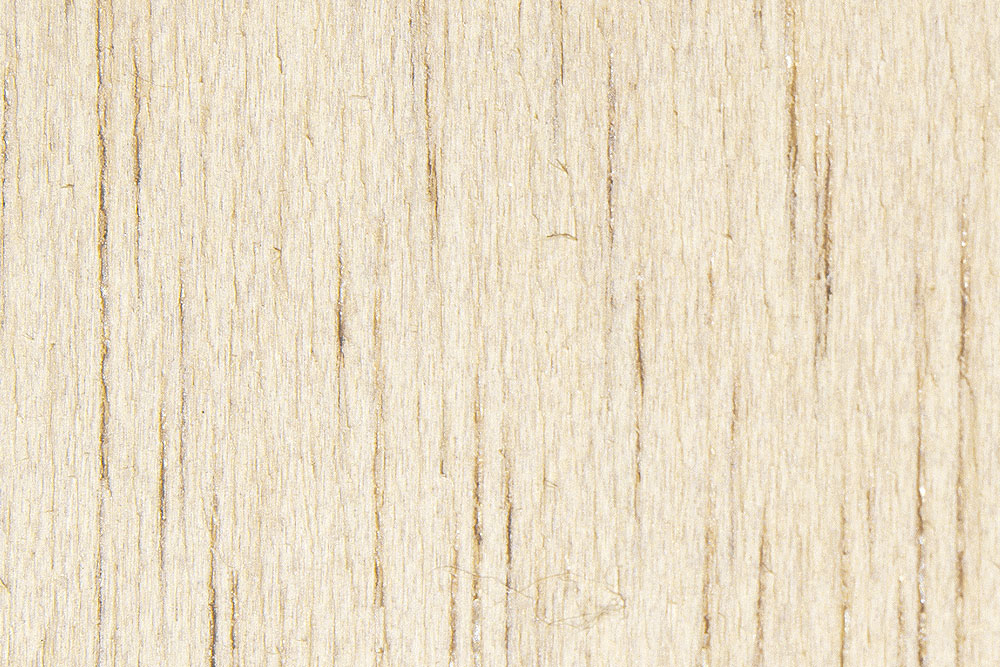
Because of its lightness, refinement and clean colour, wood is used for aircraft and yacht interiors.
The smallest parts of the upper trunk are very used for the production of tapes and packaging.
The waste of the plant (part of the trunk and twigs), can be used as biomass to produce biochar or to feed power plants, due to its high calorific value.
From the second cut, since the root system has developed, the tree will take on greater size.
After the first processing, the wood is white, clean, without veins, knots and defects; high fire resistance, repellent and immune to insects, parasites, mould and aggressive agents, good elasticity with thick layers.
In the furniture industry it is known as “WOODEN ALUMINIUM”.

The cultivation of Paulownia represents a great opportunity for Italian agriculture and for farmers who are working in conditions of economic loss, with crops and farms that do not produce as before.
This plant has all the characteristics for a very modern crop that meets the different development needs of the sector with yields in economic terms at the highest levels.
Paulownia is among the fastest growing tree species with a growth rate of 3-4 times from those of the usual cutting trees. Its trunck quickly reaches a robust diameter typical of older plants.
Its production cycle repeats up to 6 times (on average every 5 years) bringing the plant to an optimal size for industrial cutting.
Tronchetto Research guarantees excellent commercial support in the agroforestry sector for the development and diffusion of Paulownia with scientific clones developed at very high yield and with an environmentally sustainable impact.
The continuous research activities with national and international Universities and Institutes in support of development programmes contribute to ensuring a maximum level of production efficiency for farmers.
The development of Paulownia cultivation offers advantages in terms of agroforestry economic remuneration at the top of the category, a service supported by the important collaborations with the Institute of Wood Technology, the Faculties of Agriculture of some prestigious Italian and foreign Universities and professionals for consulting and assistance to agricultural entrepreneurs for the retrieval of contributions.
A staff of agronomists holding Paulownia’s Research & Development project represent the most comprehensive response in terms of guarantee and effectiveness with certified advantages!
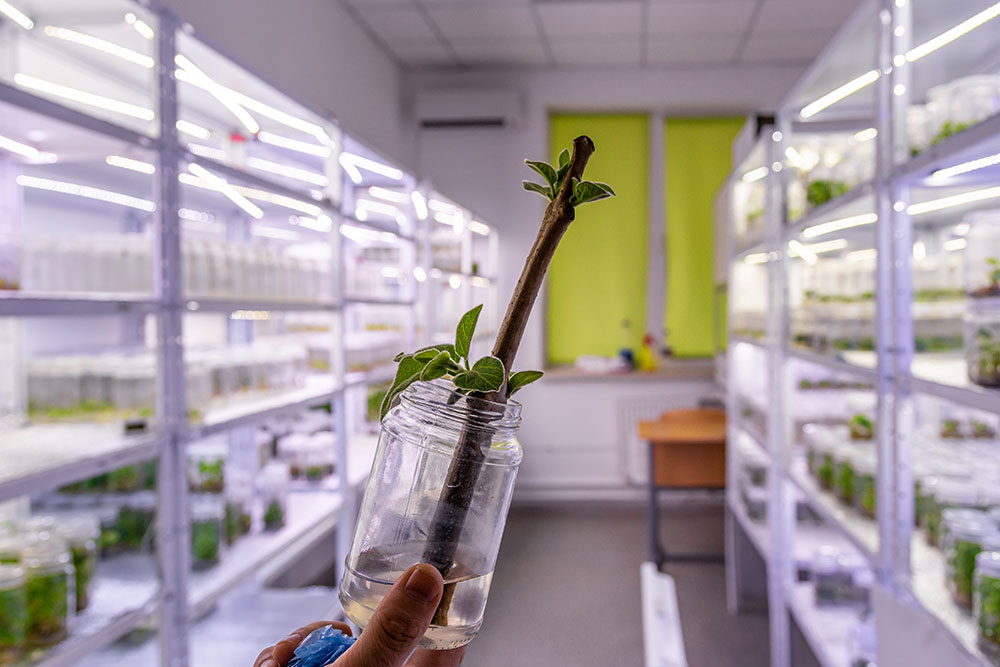
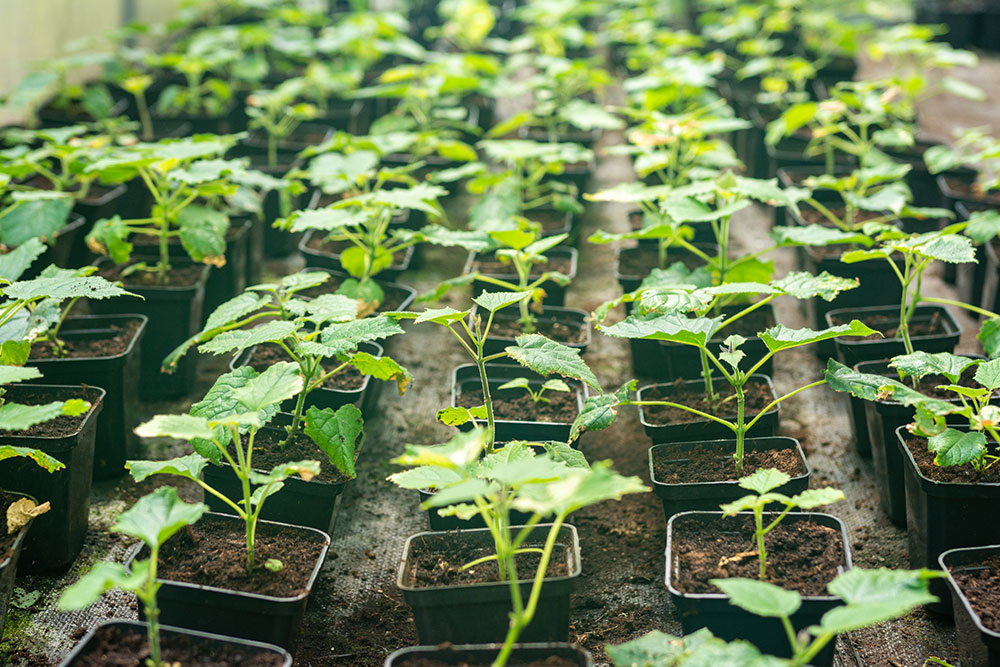
Guarantiees and advantages
- All Paulownia clones are certified and guaranteed
- The plantations of Paulownia are certified by a special body
- The wood of Paulownia is certified
- Any production from between rows crops with Paulownia honey production is certified
- Technical assistance production and indication about the use of fertilizers are provided
- The plant will provide up to 6 cuts (on average every 5 years)
- Belonging to a scientifically tested production method is a synonymous of quality and seriousness
- Access to all the results of the experiments, studies and research carried out by CREA of Casale Monferrato
- Possible certification of the plantation to obtain “carbon credit”
